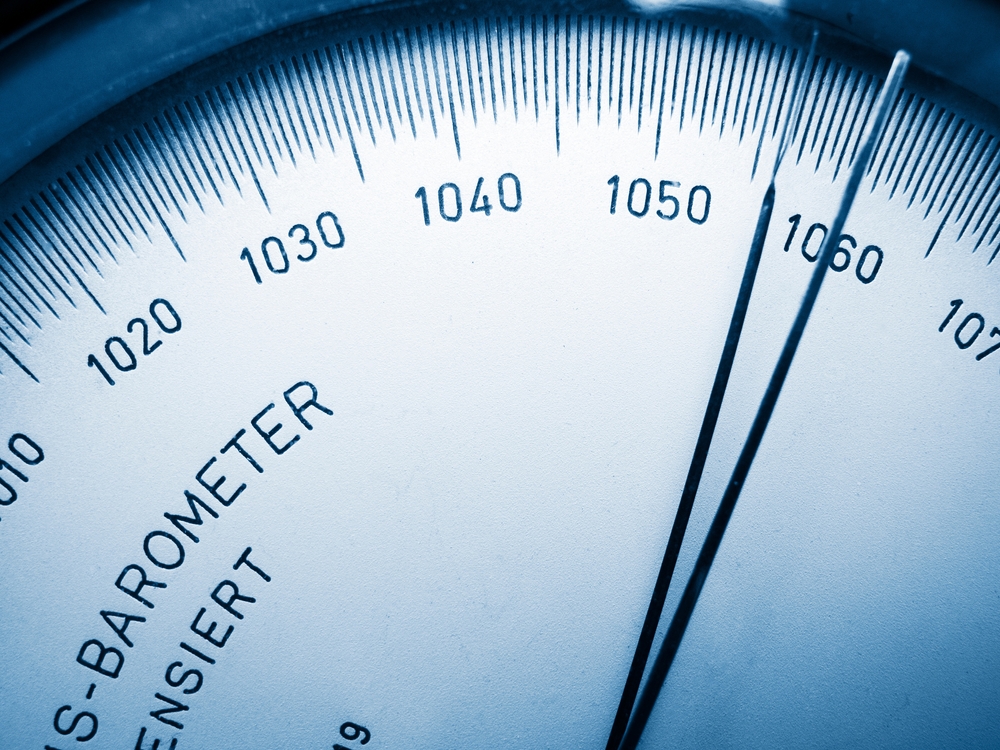Understanding The Basics of Barometric Pressure

Barometric pressure, often simply referred to as air pressure, is a key concept in meteorology and plays a vital role in our daily weather patterns. While it might seem like an abstract idea, understanding barometric pressure can offer insights into weather changes, from anticipating storms to explaining why your joints ache before it rains. Even though barometers, the instruments used to measure air pressure, have been around since the 17th century, the application of this knowledge has evolved remarkably with technological advancements in meteorology.
The mechanics of barometric pressure involve the weight of the air above us, exerting force on the Earth’s surface and everything upon it. As the Earth’s atmosphere is not uniformly composed, variations in temperature, humidity, and altitude all contribute to fluctuations in air pressure. High-pressure systems are generally associated with calm and sunny weather, as they involve descending air that inhibits cloud formation. On the other hand, low-pressure systems typically lead to more turbulent conditions, including storms and precipitation. This is because low-pressure areas have rising air that cools and condenses to form clouds and eventually, rain or snow.
Today’s meteorologists rely on advanced technologies such as digital barometers and satellite-based measurements for more accurate and timely data collection. This data feeds into intricate computer models that simulate future atmospheric conditions, aiding in weather prediction. Beyond meteorology, barometric pressure has various other applications. It is used in aviation for altitude determination and in scuba diving to understand how gas behaves under different pressure levels. Even smartphones nowadays come equipped with barometric sensors, aiding in activities like hiking by offering elevation data.
In summary, barometric pressure is a foundational element in the study of weather and has a broad range of applications. Understanding its basics can provide valuable insights into upcoming weather changes and help us in various aspects of life, from planning outdoor activities to scientific research. As technology continues to advance, the accuracy and applications of barometric pressure readings are likely to expand, making it an ever-more integral part of modern life.



